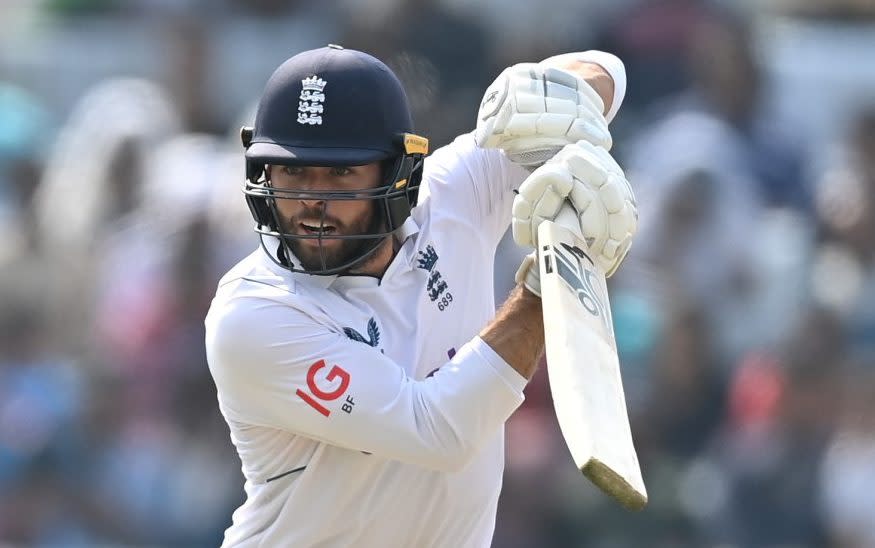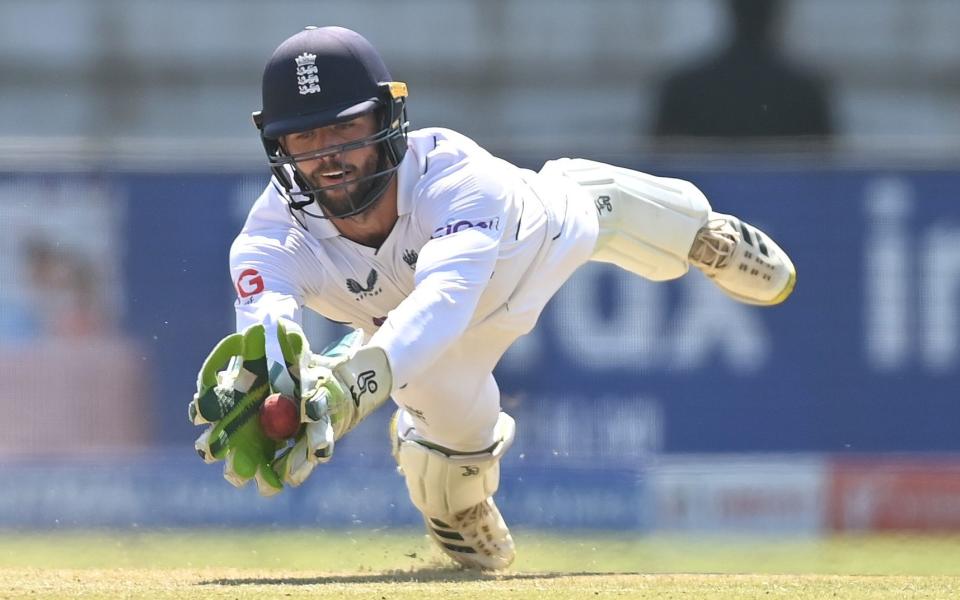
Adam Gilchrist calls him the best wicketkeeper to spin bowling that he’s ever seen. Some Indian judges believe that no overseas keeper has ever fared better there.
Ben Foakes knows that such words bring no guarantees. His captain Ben Stokes has repeatedly called Foakes the best wicketkeeper in the world – and yet passed the gloves to part-timer Ollie Pope in Pakistan 14 months ago, and then dropped Foakes for last summer’s Ashes series too. Four years earlier, Foakes was again dropped just before an Ashes campaign.
For all his brilliance standing up to the stumps, Foakes’s prospects in the England side do not depend upon his dexterity with the gloves alone. They also depend upon convincing England that he can contribute enough in front of the stumps.
“It can therefore be laid down as an absolute principle in team selection that the best wicketkeeper, irrespective of all other considerations, must always be chosen,” the MCC coaching manual declared in 1952. Yet these words were already long out of date. As early as 1929, England selected Les Ames as Test wicketkeeper ahead of George Duckworth on account of his superior batting.
It was the start of a reoccurring debate in English wicketkeeping. Prioritise a keeper’s glovework, or their batting? Whether selecting Jim Parks ahead of Keith Andrew, Alec Stewart ahead of Jack Russell or Geraint Jones over Chris Read, England have repeatedly chosen to emphasise a keeper’s batting.
The case of Foakes is different. Duckworth averaged 14.6 in Test and first-class cricket alike, often batting at No 11. Foakes is a high-class batsman, who averages 30.3 in Tests and 38.9 in first-class cricket.

For England, the Foakes batting question is partly about style as well as substance. “I’m not, as you’d say, Bazball,” Foakes said a year ago.
While other players have adjusted to the regime’s demands, there has been a certain admirable stubbornness in Foakes’s recognition of his strengths as an unobtrusive accumulator. His Test strike rate before Bazball was 48. His Test strike rate since Stokes and Brendon McCullum? That would be 48 too. Instead of trying to become a player that he is not, Foakes has focused on trying to be the best version of himself.
Foakes’s innings in Ranchi encapsulated the best of his Test batting. He defended resolutely, placed the ball craftily, rqan hard between the wickets, used his feet and sweep alike against spin and had the selflessness to accept being the junior partner for the betterment of his side.
In the 13 Tests he has played during the Bazball era, Foakes has now been involved in six century partnerships. This includes arguably the most important of all: the unbroken 120* in concert with Joe Root at Lord’s against New Zealand in the regime’s first Test, breaking England free of their rut of one win in 17 games. Only last month, Foakes’s 112-run stand with Ollie Pope was essential to England’s remarkable comeback in Hyderabad. Foakes contributed 34; he joked that “I usually get about 25 of them” when involved in hundred partnerships.
In each of these six century stands, Foakes has scored significantly slower than his partner: content to accumulate unobtrusively and play in the same manner as he does as a middle-order player in county cricket. He acknowledged as much recently, saying: “At Surrey, I bat at No 5, so I just bat and that’s really an ideal situation for me, whereas playing for England, batting lower down, I’d say my game is better suited to when a batter stays in.”
When Foakes has not found a partner as durable as Root, whom he now averages 64 batting alongside, he has found Test batting altogether more challenging. Under Stokes, Foakes has only been involved in two 50 partnerships with players lower than him in the order. On both occasions, the tailender – first Mark Wood, then Tom Hartley – comfortably outscored Foakes.
After batting throughout the afternoon session in Ranchi, reaching tea on 28 from 108 balls, Foakes gave a glimpse of his range in the final session. Using his feet, he lofted Ravichandran Ashwin over midwicket. When Ashwin then compensated, and switched his line to outside leg stump, Foakes swept consecutive fours.
Taking 16 off an Ashwin over illustrated Foakes’s deftness on his feet against spin. But, three balls later, Foakes chipped Mohammed Siraj to short midwicket to fall for 47: a pivotal innings in a partnership that changed the complexion of the day, yes, but still only 47 runs.
In seven Tests in India, Foakes is still yet to make a half-century. Since his second Test hundred, against South Africa in August 2022, Foakes is averaging 27.5. Away from India, in conditions that are less onerous for wicketkeeping, England have alternatives in their interminable debate: men who couldn’t match Foakes’s prowess behind the stumps, but could plausibly score more runs in front of them. Beyond Bairstow, Durham’s Ollie Robinson, Somerset’s James Rew and Jamie Smith, Foakes’s Surrey teammate, could all fit into this description.
England have often been happier to praise Foakes than actually to pick him: lauding his keeping craft with their words, and yet showing their willingness to sacrifice better glovework for the promise of more runs with their deeds. It has been a brutal way to treat a terrific cricketer. And so, as Foakes punched his bat in despair in Ranchi, the sense of missed opportunity was inescapable.
Article courtesy of
Source link